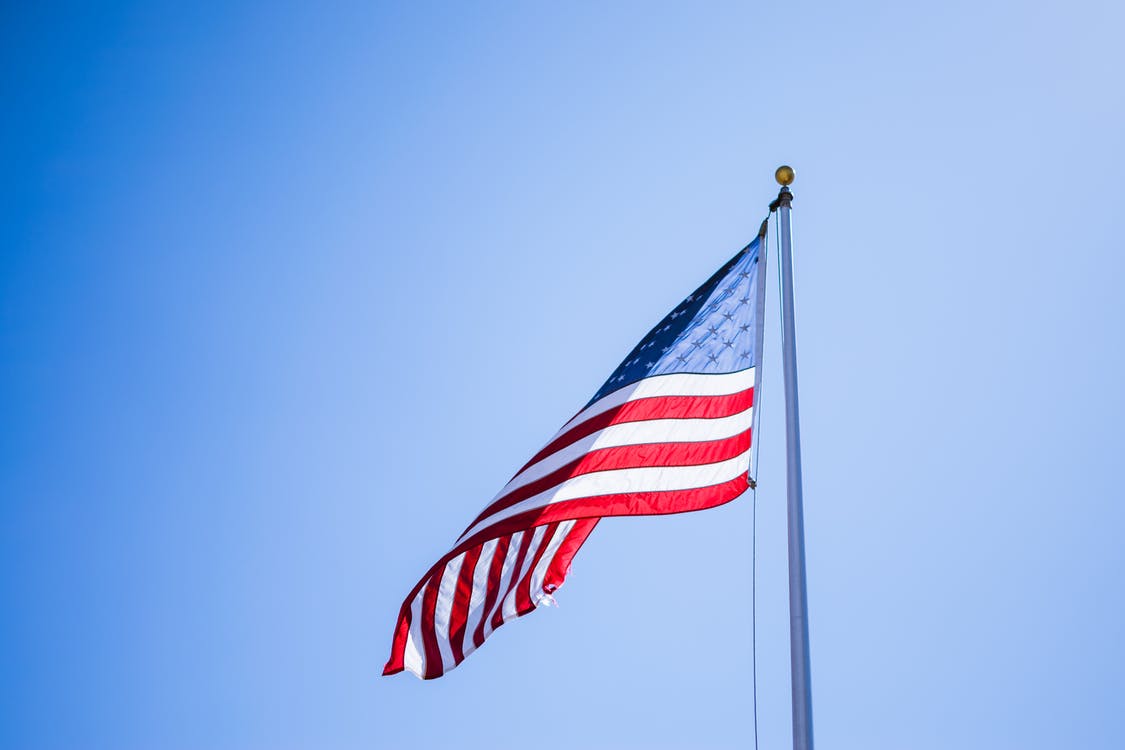According to a recent report by the World Intellectual Property Organization, the US is the second topmost filer of patents globally, with IP-intensive industries accounting for nearly 40% of the country’s GDP.
Indeed, the intellectual property market in the US is well matured and thoroughly regulated, which makes IP rights protection a more or less standardized procedure. This article explains how you can file for a patent in the US from abroad.
1. Preparatory stage
As soon as you decide to patent your invention in the US, the first thing to do will be to check if it’s patentable in the first place. You can patent an invention if it has a useful purpose, a patentable subject matter, is novel, and is non-obvious. Consider conducting a preliminary search to find out if any similar patents have already been issued in the US.
Having done that, you’ll need to determine what type of patent you need. The possible options are:
-
Utility patent – granted to anyone who invents or discovers any new and useful process, machine, article of manufacture, or composition of matters.
-
Design patent – granted to anyone who invents a new original design for an item of manufacture.
-
Plant patent – granted to anyone who invents or discovers and asexually reproduces any distinct and new variety of plant.
At this stage, you can also consider hiring a patent attorney or an agent who will help you file an application and communicate with the patenting body (USPTO). However, unlike applying for a trademark in the US, non-residents are not obliged to hire a certified US attorney when registering a patent, so you can either proceed with your local attorney or with no attorney at all.
With iPNOTE, you get access to the contractors’ marketplace with hundreds of patenting agents worldwide, so you can easily find the one that would meet your requirements.
2. Application stage
Before filing an application, make sure to prepare all the necessary documents and drafts, depending on the patent type. The list includes (but is not limited to) the invention’s specifications and drawings, the inventor’s oath or declaration, information about the inventor. Here you can view the full list of requirements.
When filing an application, you’ll also need to pay the corresponding fees. The current USPTO fee schedule is available here.
The application itself can be filed either online via EFS-Web, the USPTO’s electronic filing system for patent applications, or by mailing the application to the Commissioner for Patents.
If you’re seeking a utility or a plant patent, you can also choose between filing a provisional or non-provisional application. A non-provisional application begins the examination process which may lead to granting a patent, while a provisional application establishes a filing date but does not begin the examination process, so it’s a quick and cost-effective way to secure an early filing date.
3. Examination stage
After your application is submitted, it’s reviewed by a USPTO officer and, in case some documents are lacking, you will be notified and given a time period to complete the application filing. Once the application has been approved and accepted, it’s assigned for examination.
The contents of your application are then reviewed by an examiner who determines whether the application meets the requirements listed in 35 U.S.C. 111(a). If it does, you will receive a Notice of Allowance; otherwise, you will need to make amendments or argue against the examiner’s objections. You can also book an interview with the examiner to talk in person.
4. Patent grant
Once you receive the notice of allowance, you’re eligible for the issue of the patent. The notice will include the issue fee and, in some cases, the publication fee that are to be paid prior to the patent being granted.
As soon as the fees have been paid and processed by the USPTO, you’ll receive an issue notification containing the patent number and the issue date. On that date, the patent grant will be mailed to you with the references to prior patents, the inventor(s)’s names, specification, and claims.
Take note that to maintain a utility patent in force beyond 4, 8, and 12 years after it was issued, you’ll need to pay a maintenance fee; otherwise, the patent will expire.
Final thoughts
Filing an application for a US patent from abroad is a common practice – yet, it might involve some nuances and pitfalls that are not obvious for a non-specialist. Therefore, it would be a sound idea to hire a patent attorney to help you through the entire procedure, which might take 1.5-2 years.
The iPNOTE platform features more than 700 IP law firms that cover more than 150 countries, so you can always find the right direct service provider using our flexible filtering system. Take a look at our directory of providers in the US.
Sign up for free and we’ll help you solve any IP problem.
Keep your brand protected with Hong Kong trademark renewal and expand your innovation horizons with patent registration in Malaysia. Safeguard your business today!







